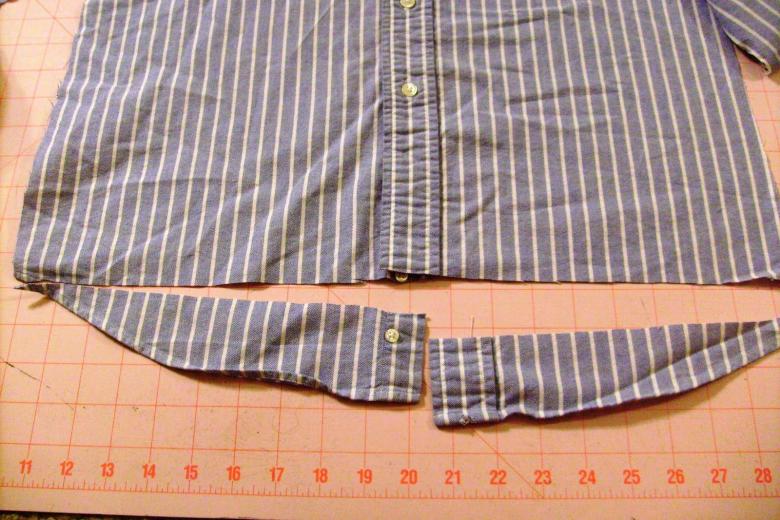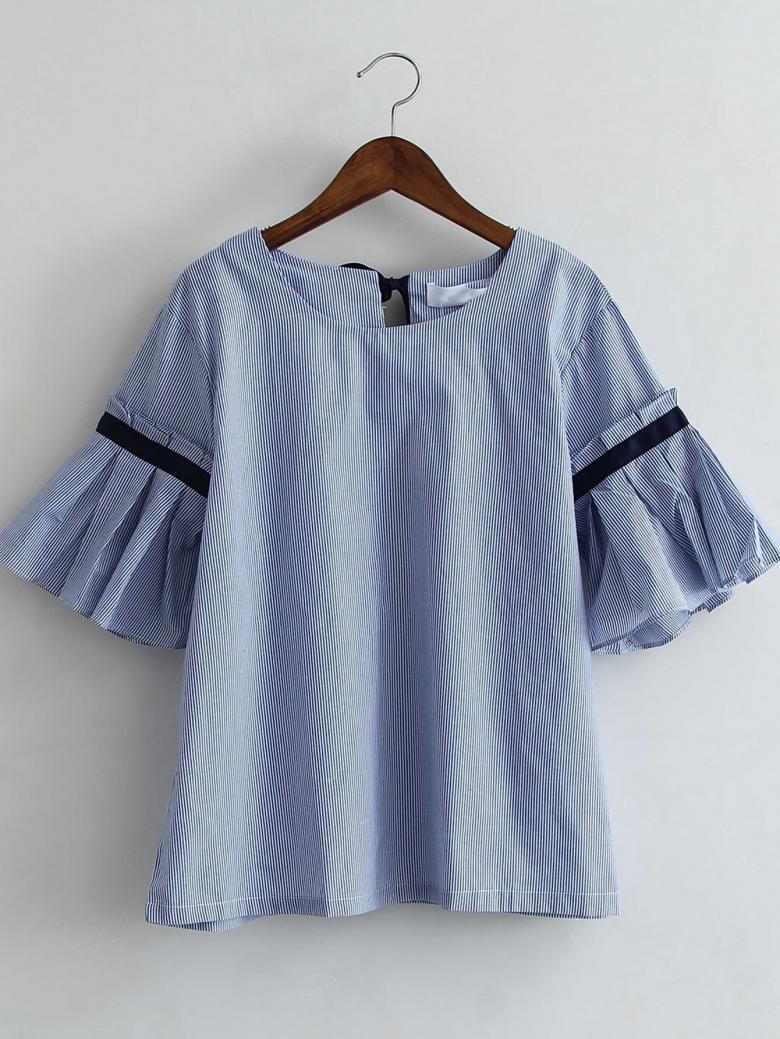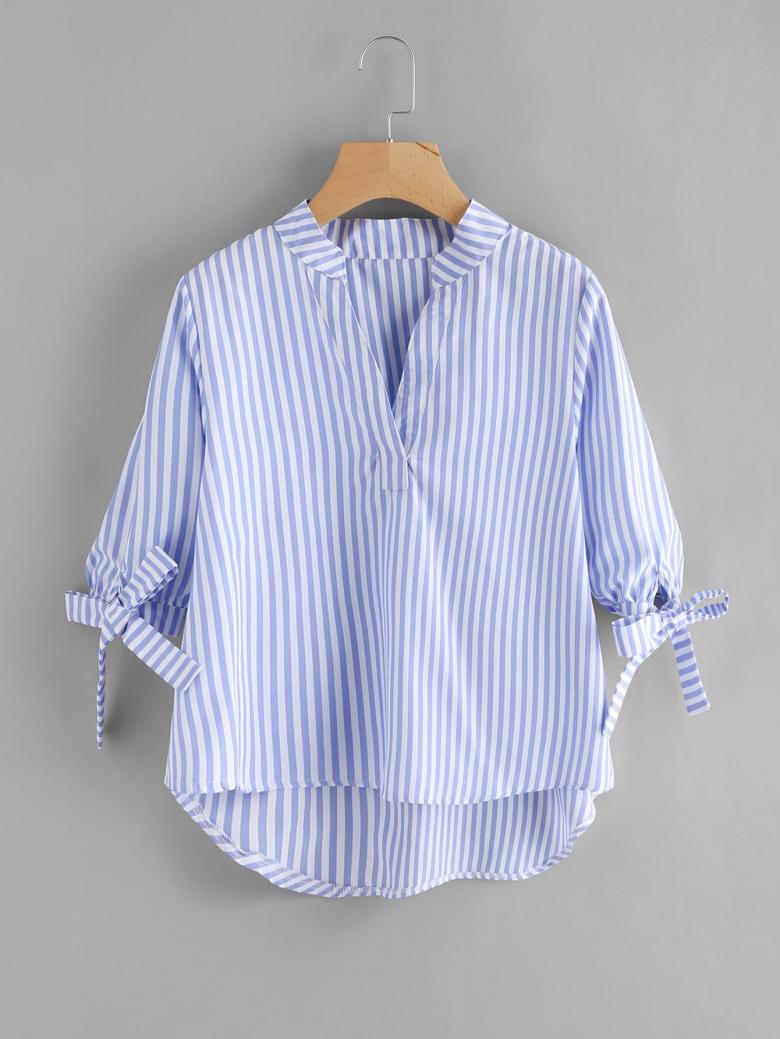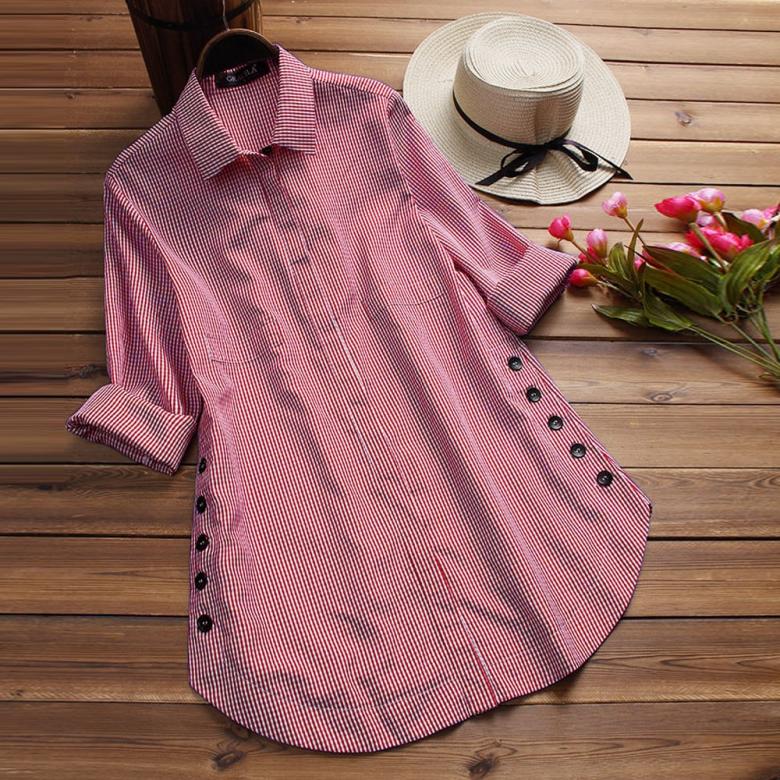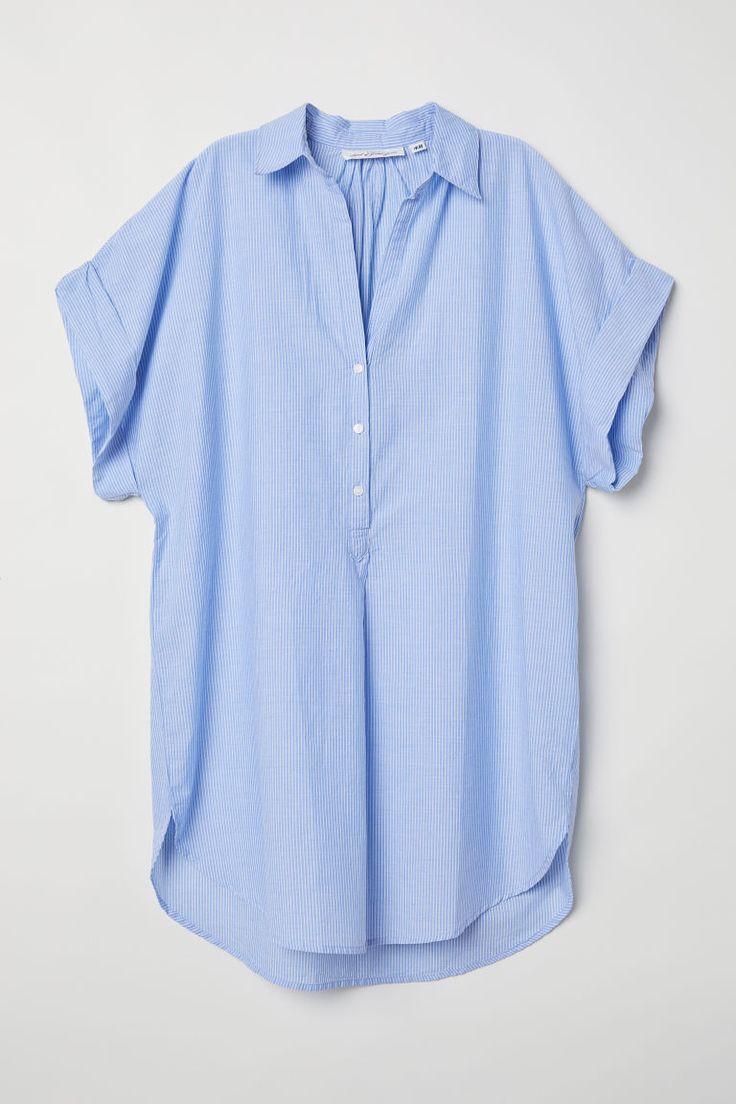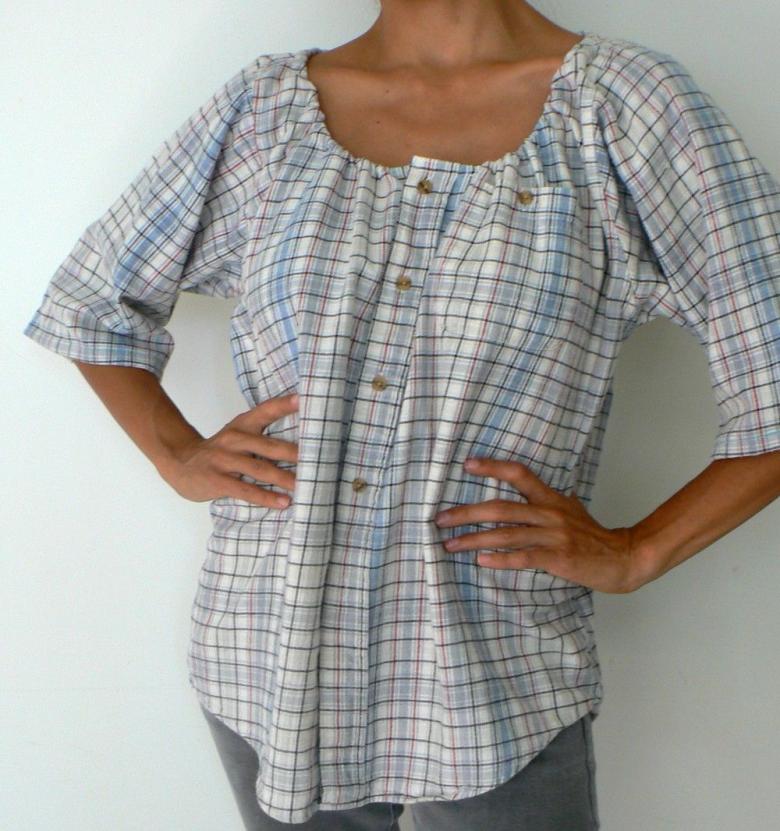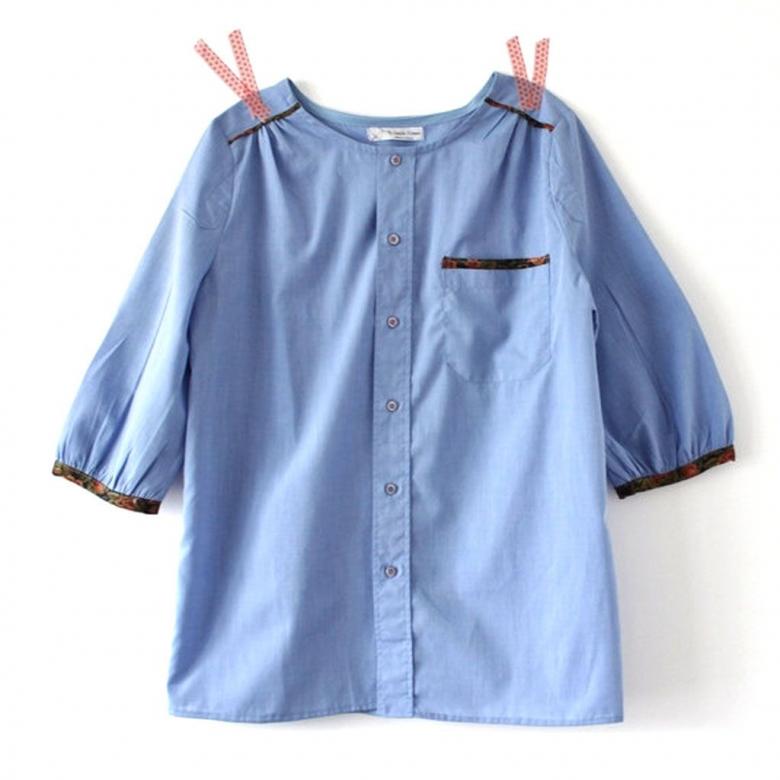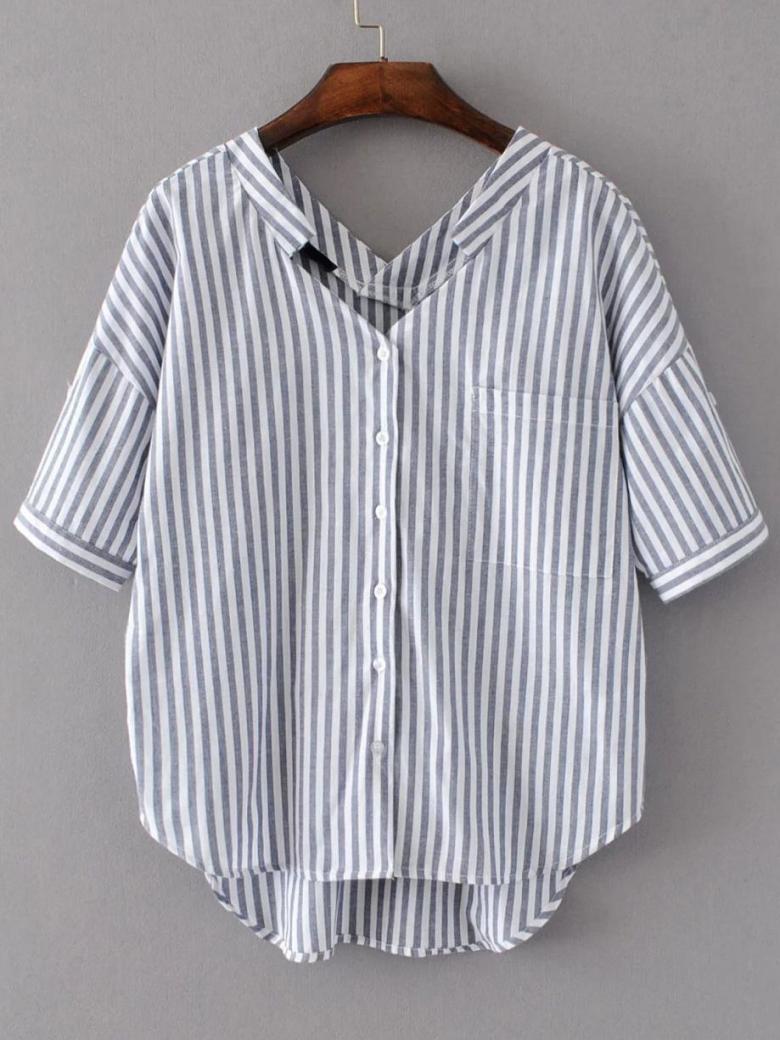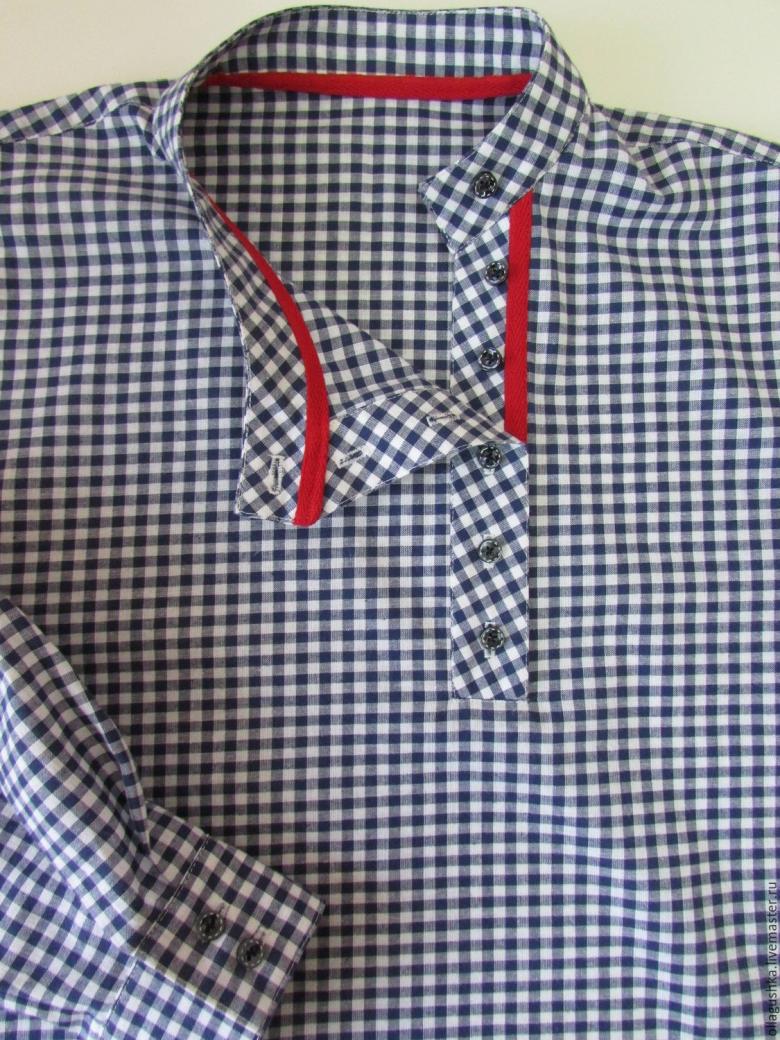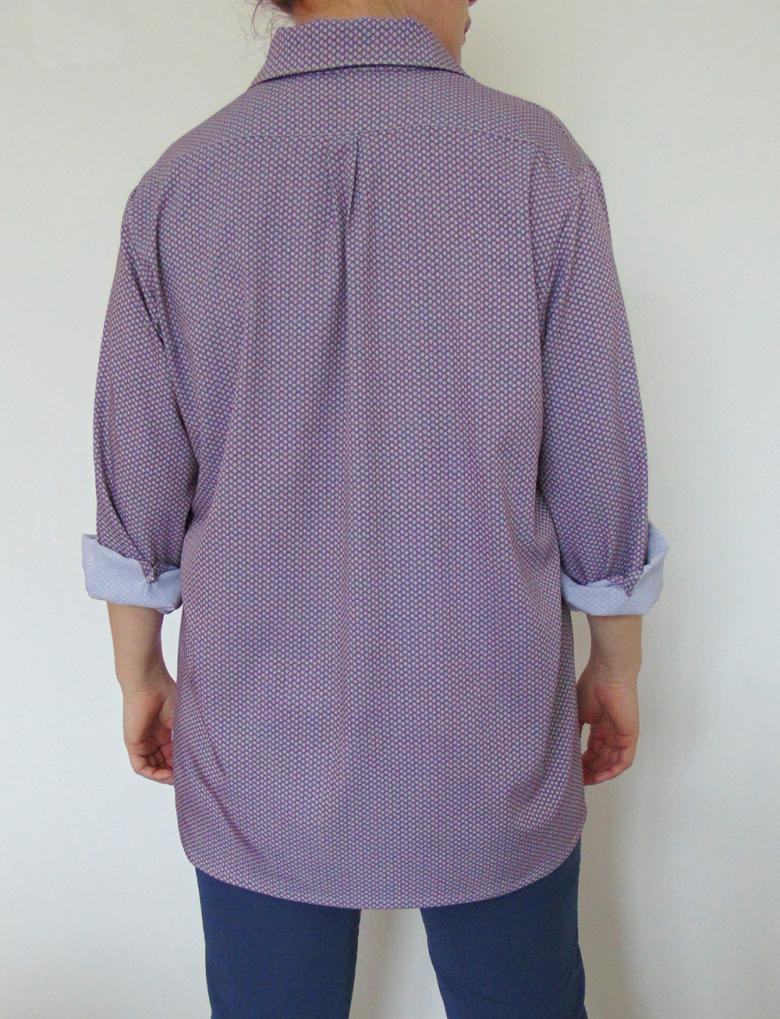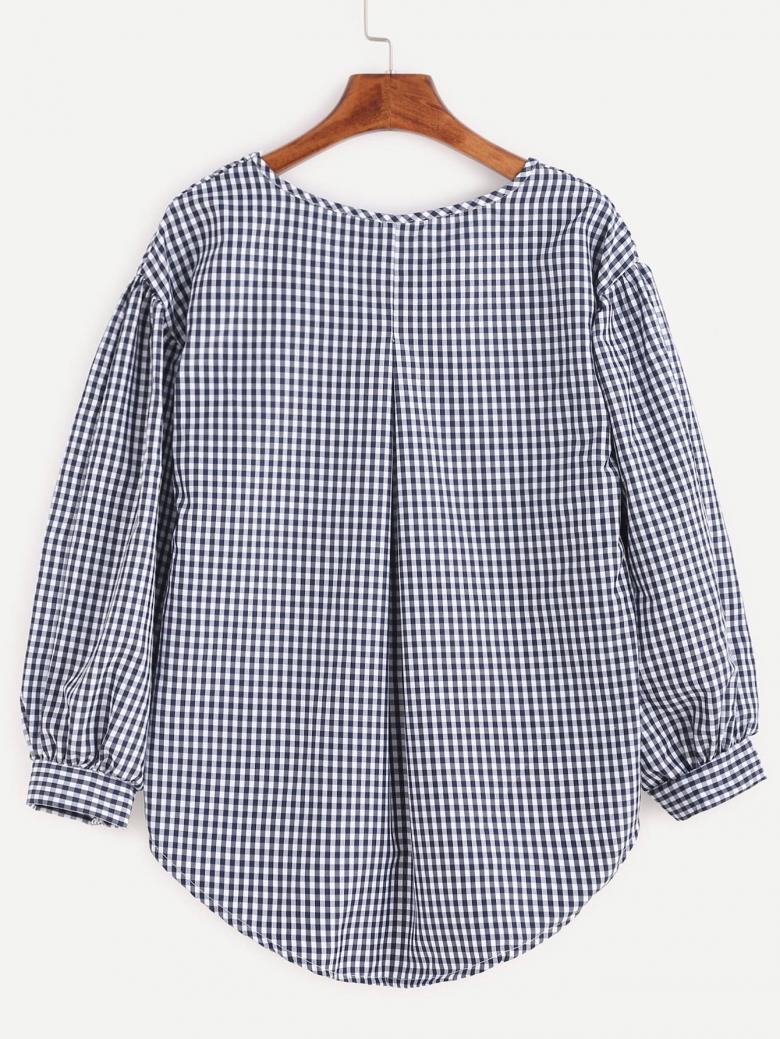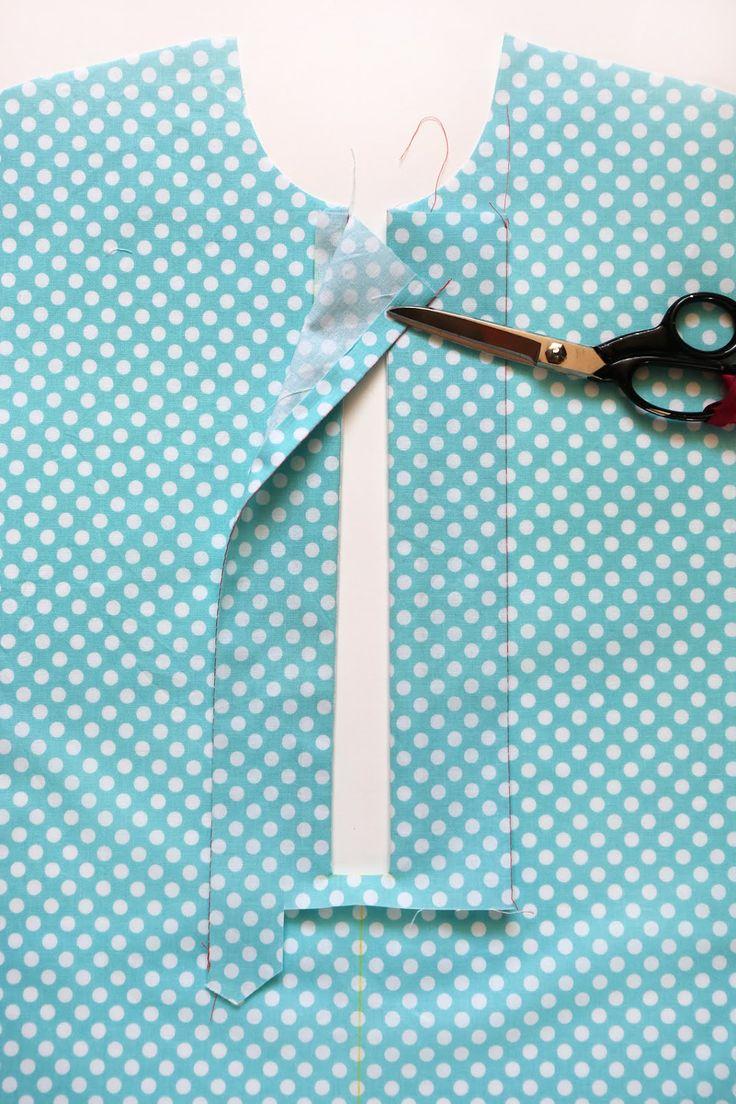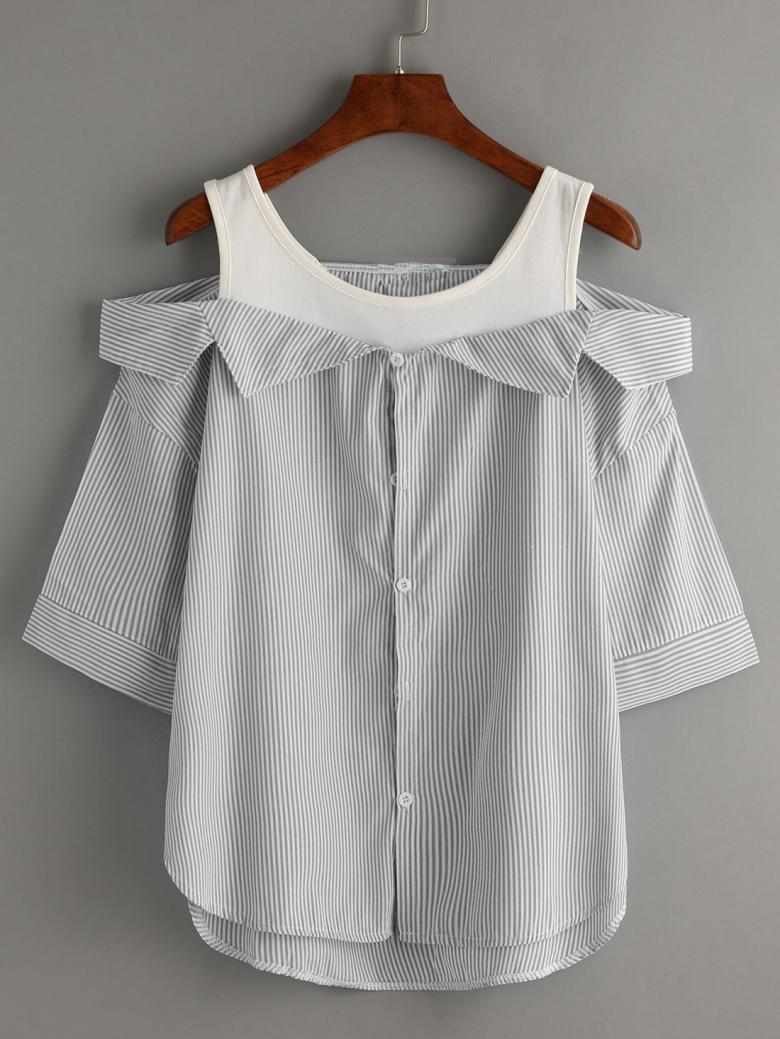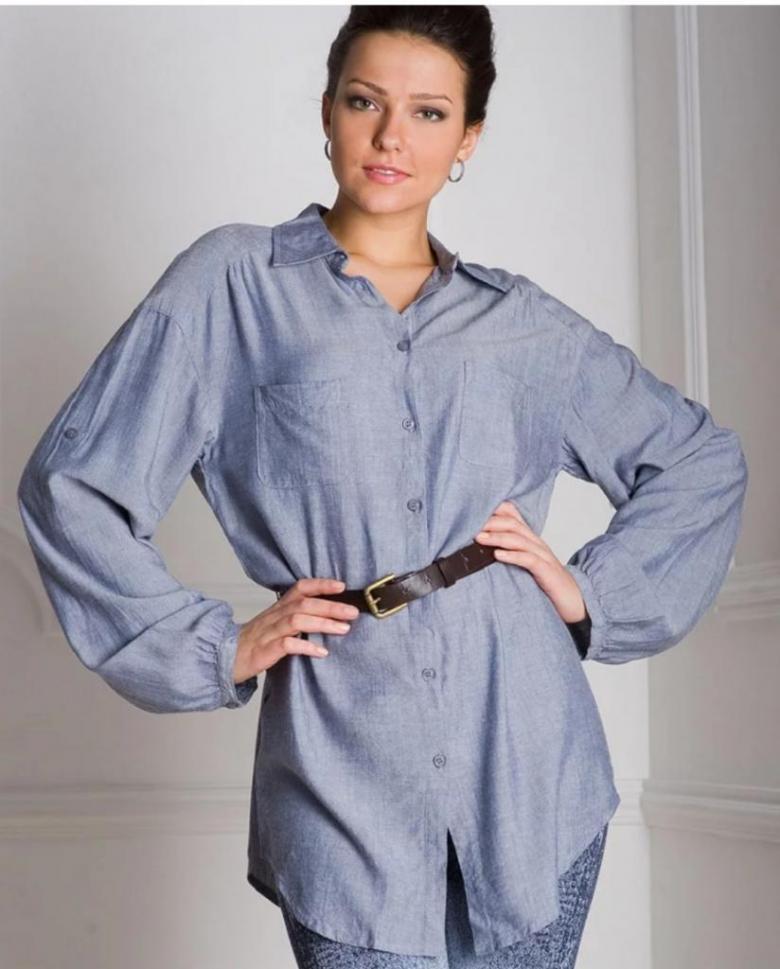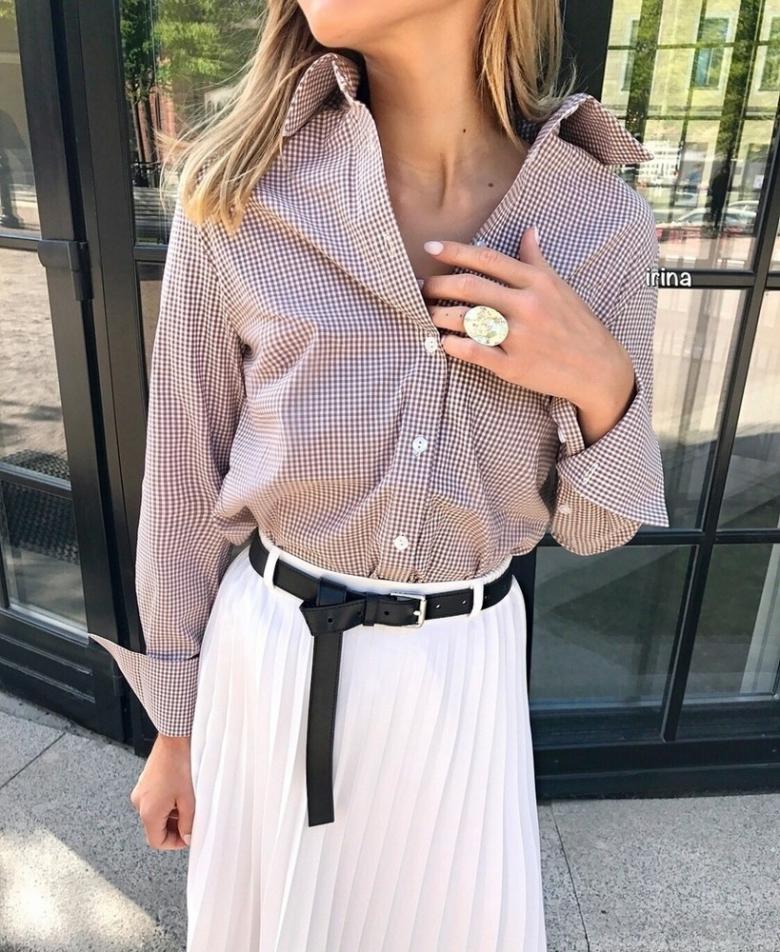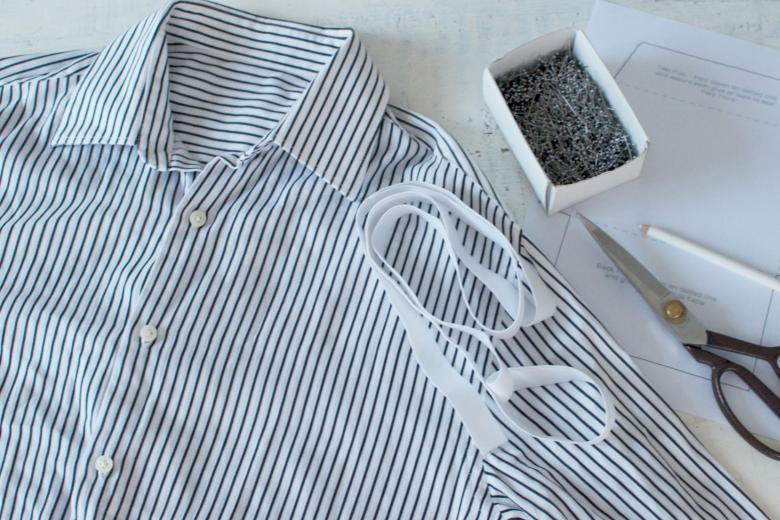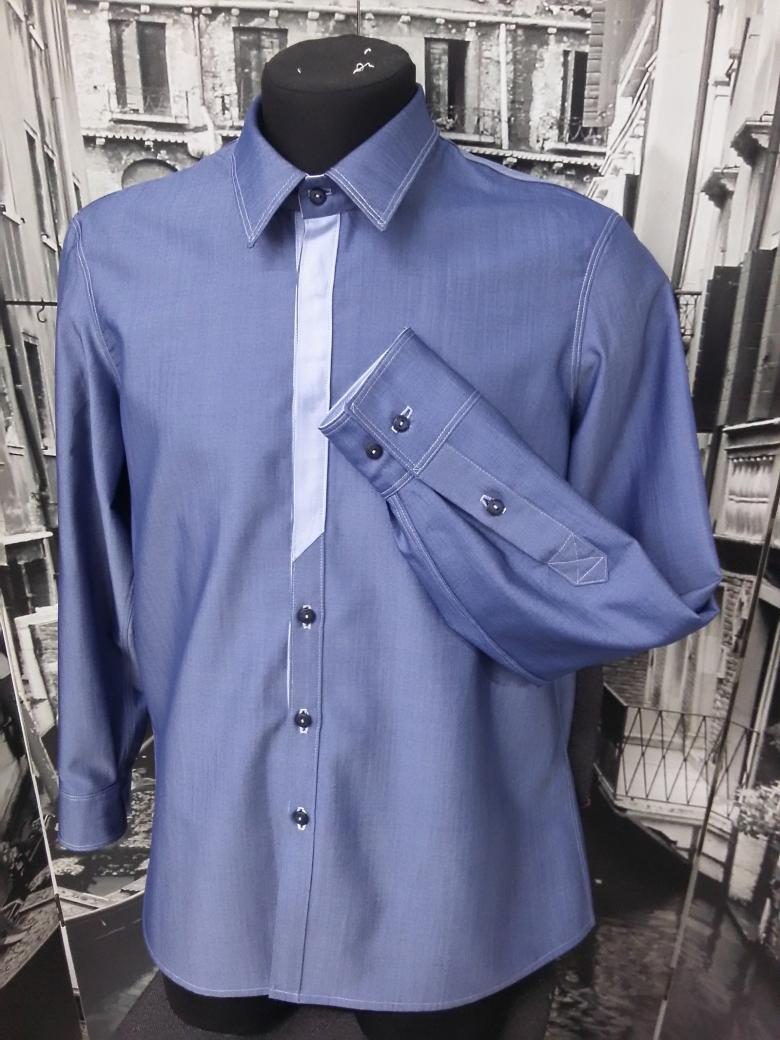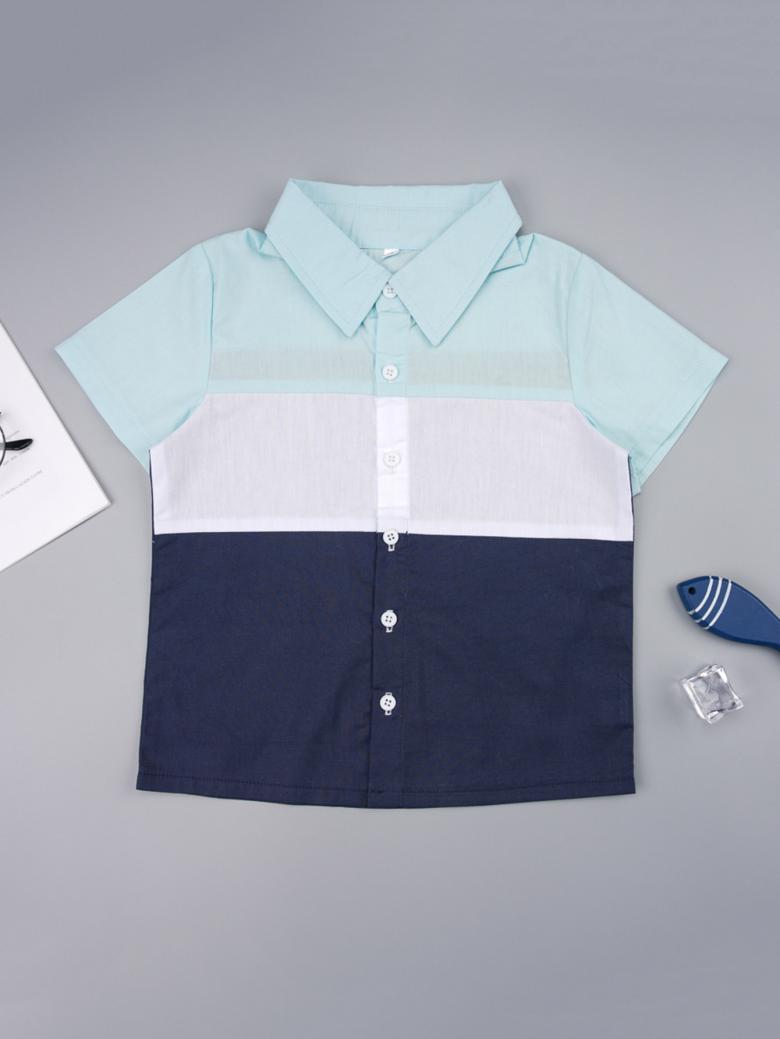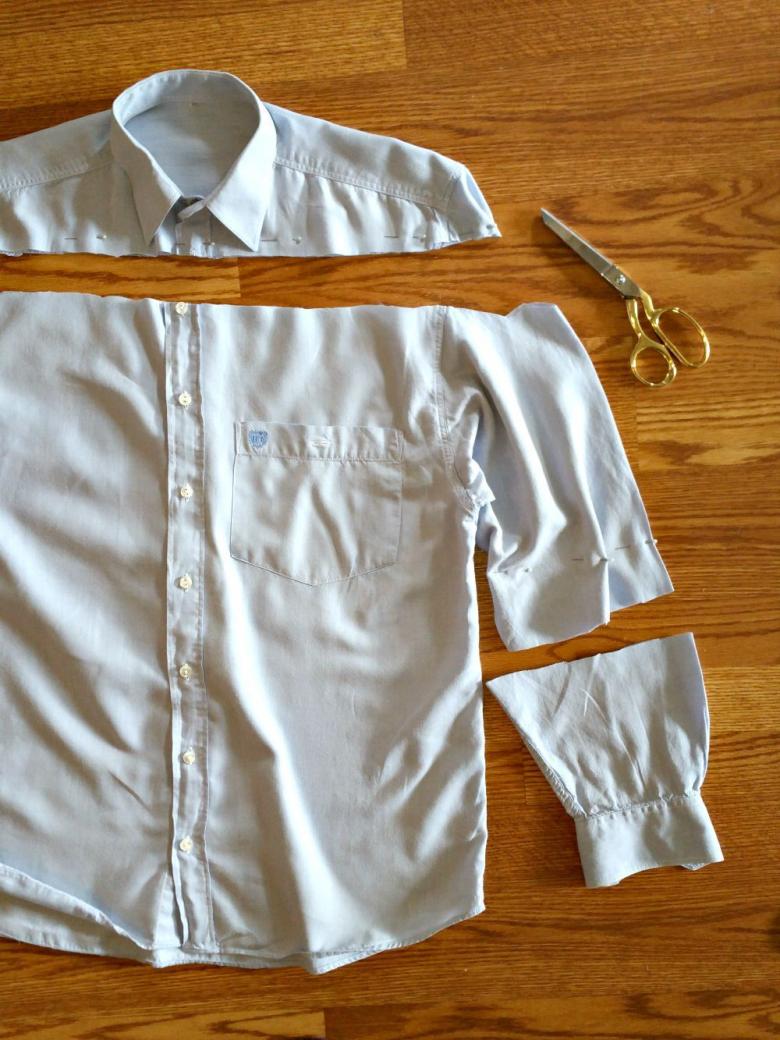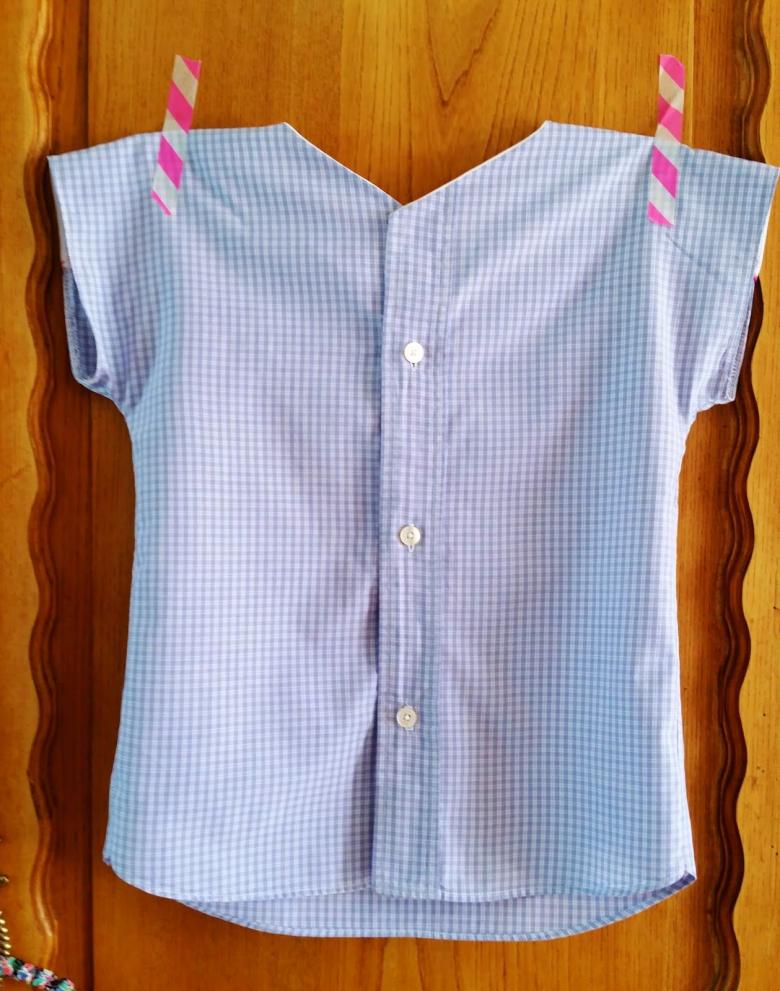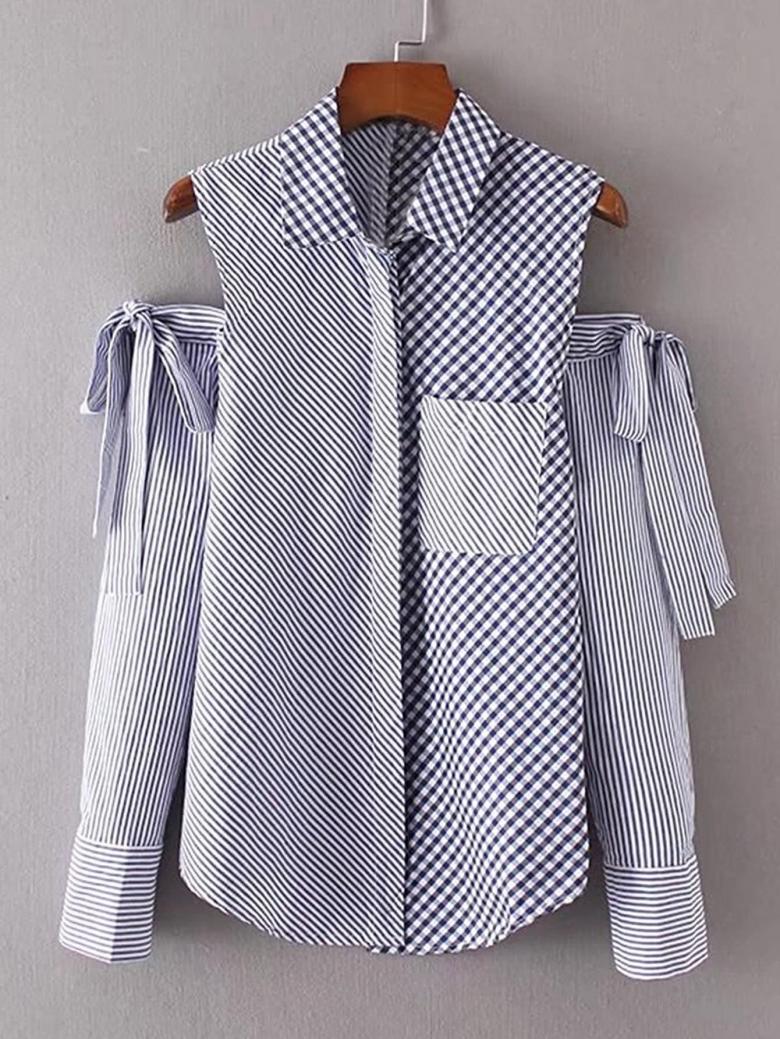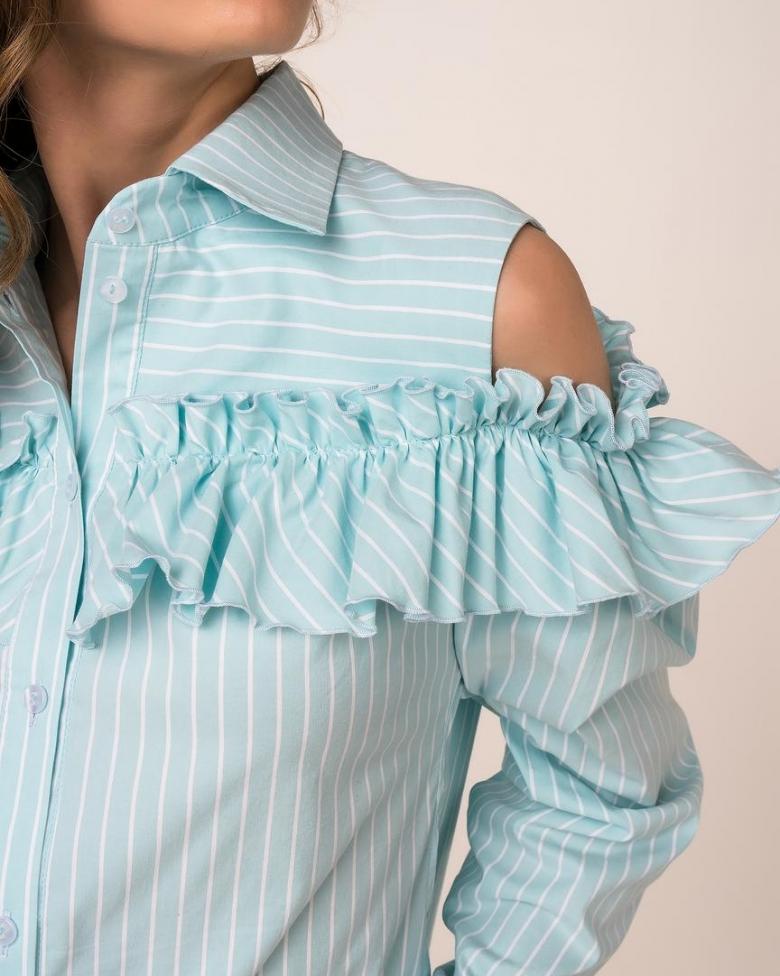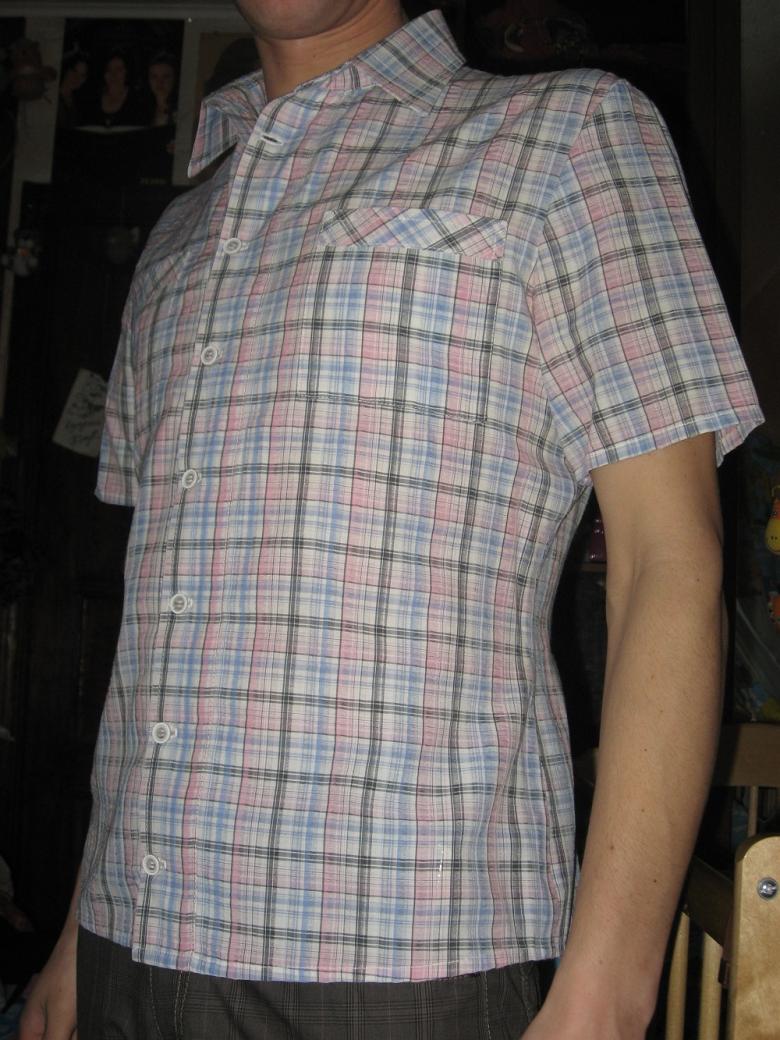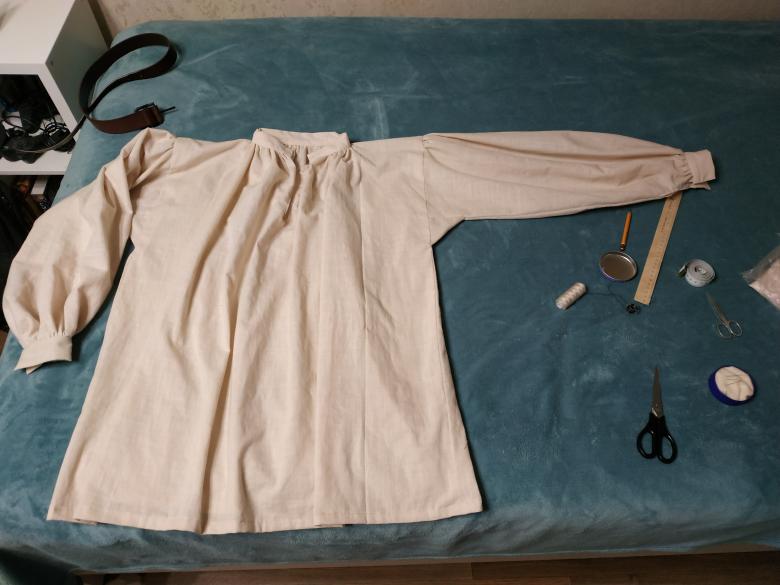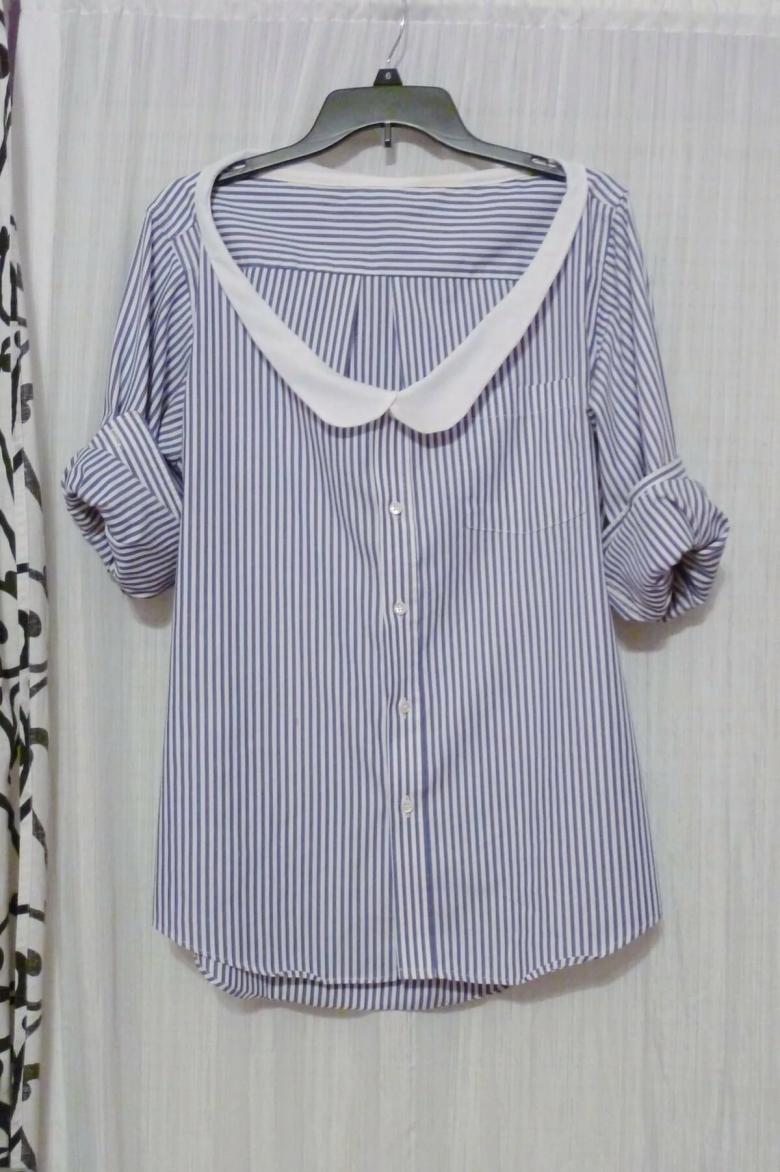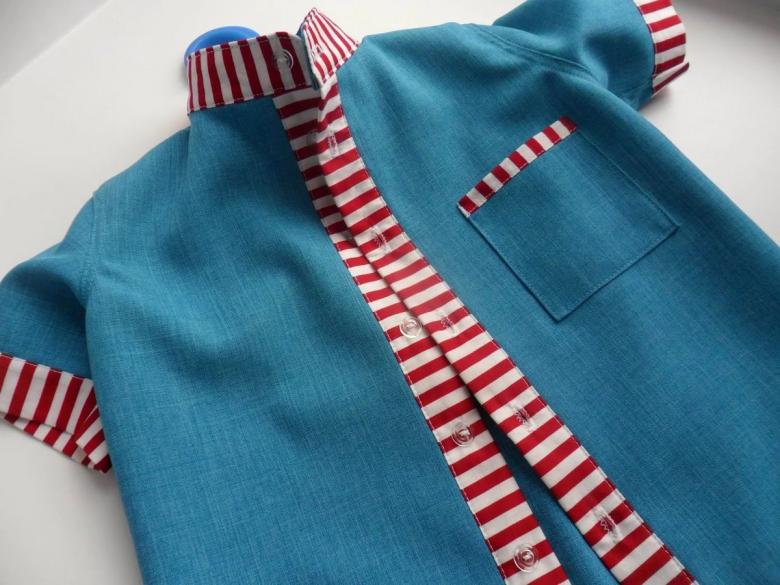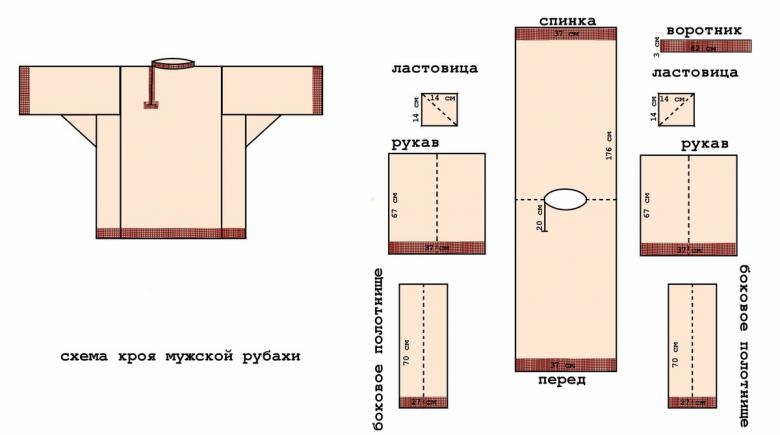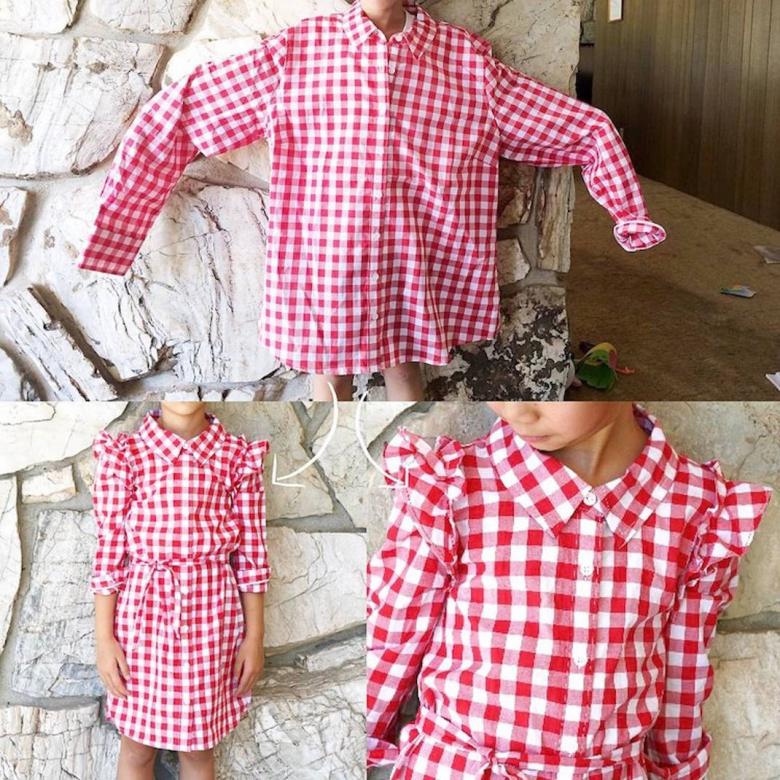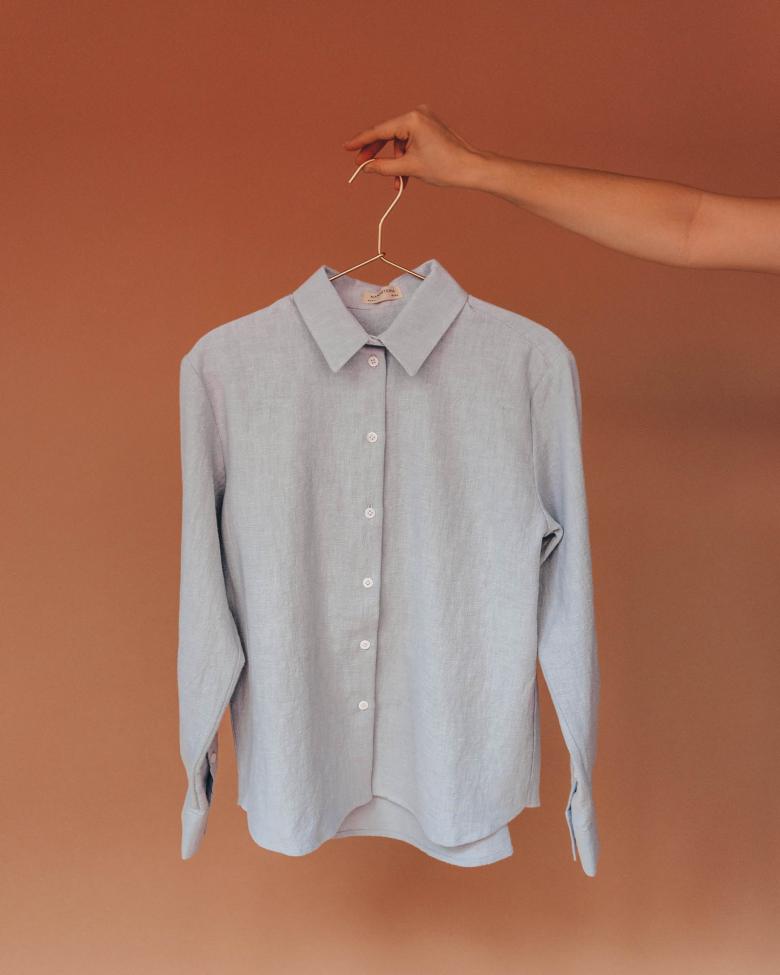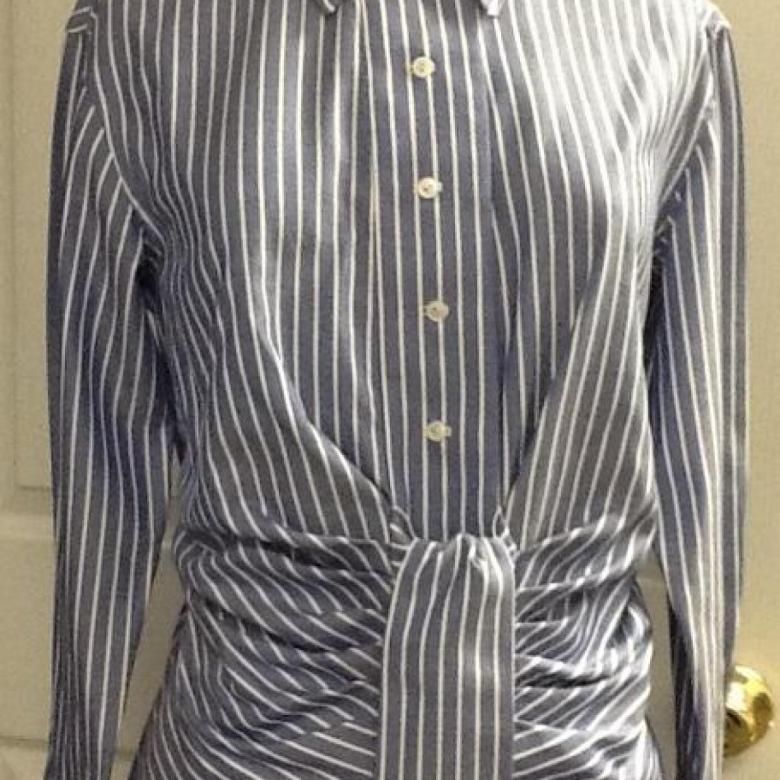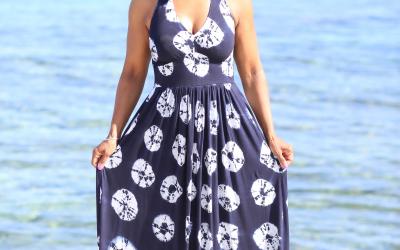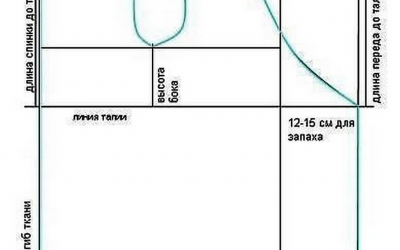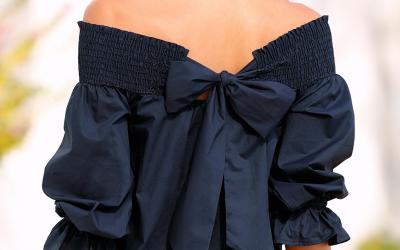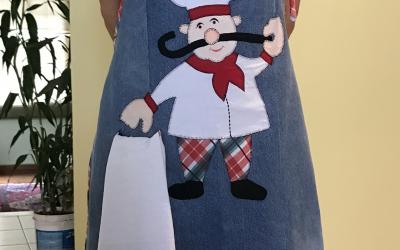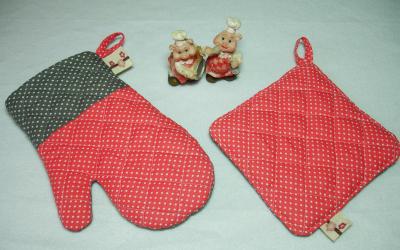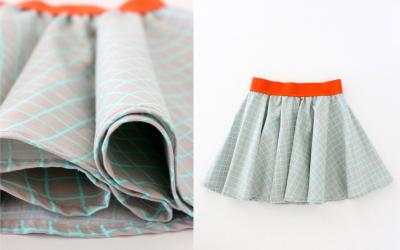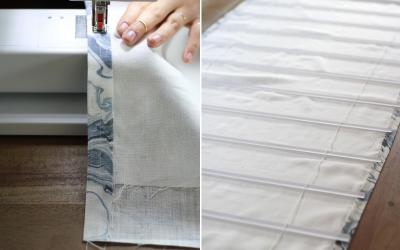How to sew a shirt - patterns, sewing features, options styles
The shirt is the basis of the basic closet, male and female. A quality basic thing and natural fabric and without frills can not always be found in ready-made clothing stores. The solution is individual tailoring in the atelier, but it is quite expensive. If you can not afford an expensive shirt, do not despair. With a sewing machine, you can easily make clothes for yourself, your husband, or your child.
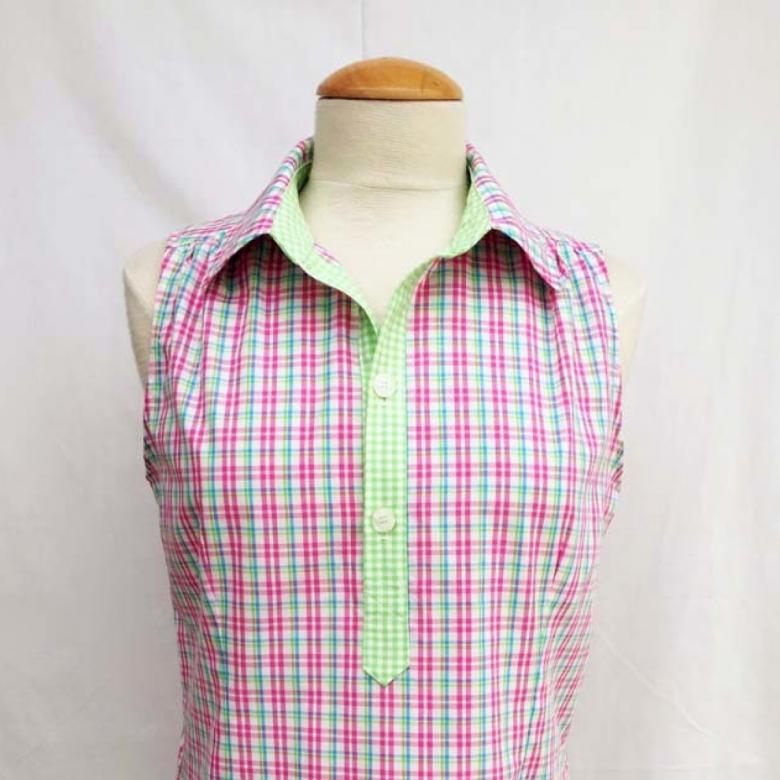
Choosing the fabric
There are two types of shirts. The first are shirts, these are products of thin monochrome fabrics, which are worn exclusively under classic suits. The second - shirts, they are sewn from a denser fabric, the color can be practically any as the clothes involves wearing with jeans, modern jackets and even shorts.
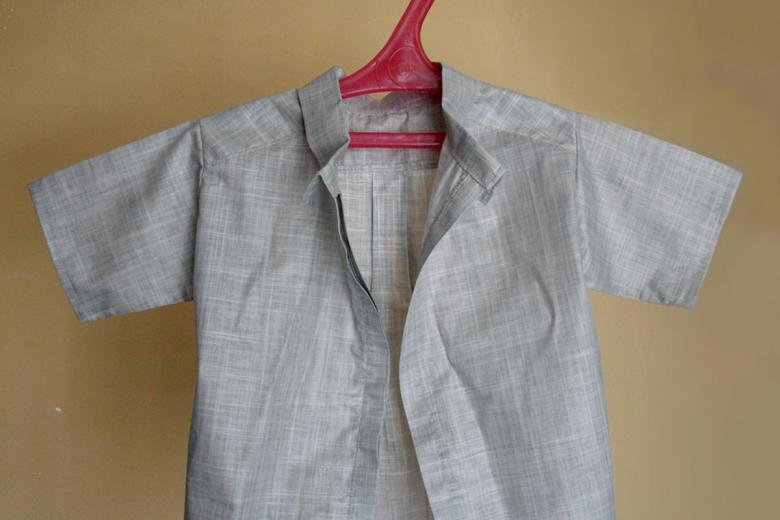
Shirts are often made from natural fabrics:
- Flannel. It is a soft warm fabric. Its front part is smooth, and on the wrong side there is a small pile. Flannel is available in checkered colors.
- Jeans. Only the thinnest kind of denim is chosen for sewing shirts.
- Tweed. An excellent fabric from which it is possible to sew a shirt and a shirt. On its surface there is an almost imperceptible diagonal scar. Colors may vary.
- Oxford is a medium-density woven fabric.
- Poplin is a smooth and hard-wearing fabric for shirts in a variety of colors.
- Jacquard - a fabric imitating embossing. Looks very smart, has a medium density.
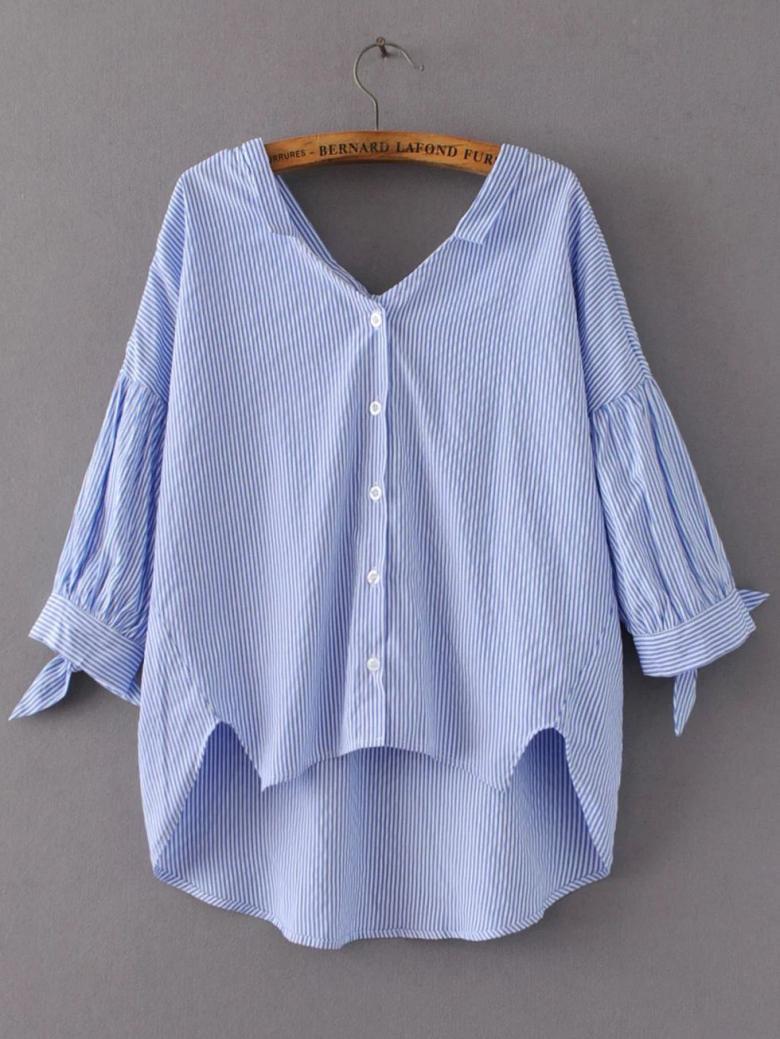
For sewing shirts, you can choose natural or blended fabrics. The latter are less crumple and easier to withstand repeated washings. To the question, "what kind of fabric can not sew a shirt?" you can answer one thing - pure synthetics. Such clothes will be unpleasant to the touch, will quickly stretch out and be electrified.
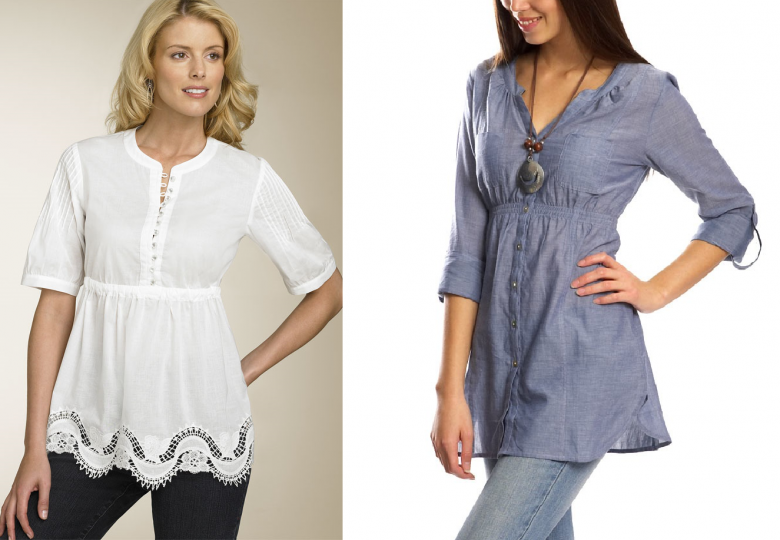
How much fabric is needed
To sew a men's shirt, you usually need about three meters of fabric. If you buy a ready-made pattern on the internet, the description usually indicates how much fabric you will need to sew the product.
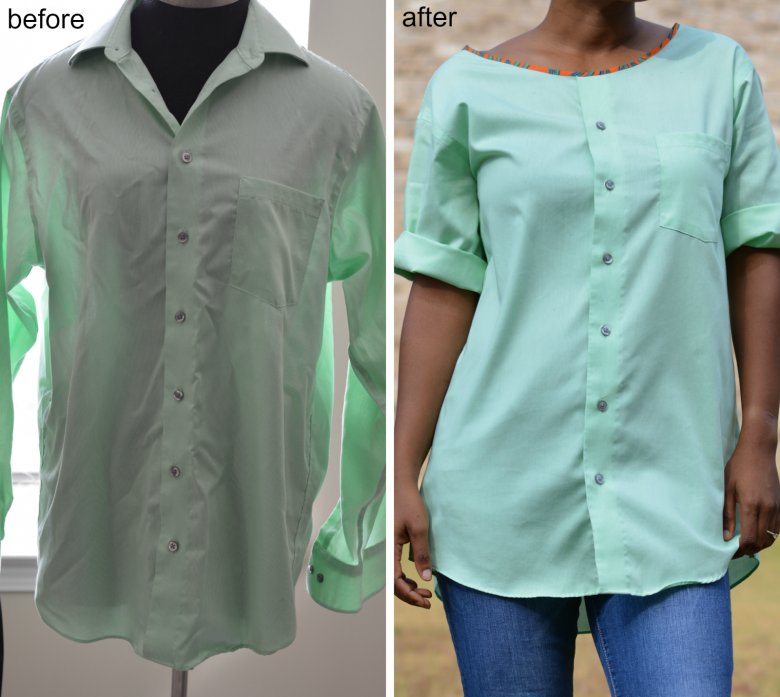
In addition to the fabric be sure to buy fleece. This is a translucent material to duplicate the cuffs and collar of the shirt, buttons and threads to match the fabric. If you can't match the tone, it is better to choose accessories by a tone darker than the color of the fabric.
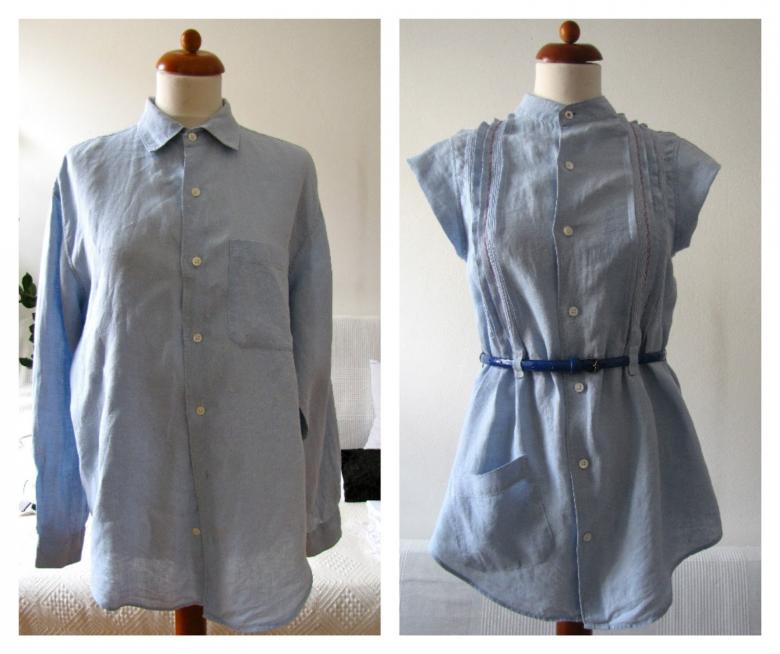
Cutting the pattern
The construction of a pattern is quite long and complicated. If you are not a professional seamstress, do not burden yourself with this process. There are many ready-made patterns for various styles of shirts in print and online magazines, both paid and free. Print such a pattern, cut it out and transfer it to the fabric.
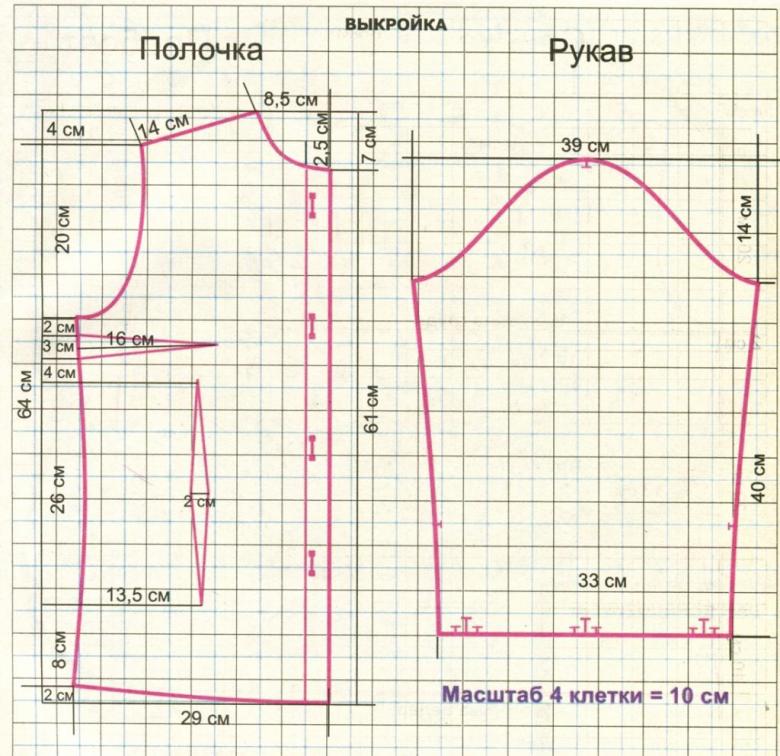
In order for your future shirt to fit perfectly, you need to take all the necessary measurements and take them into account when choosing a pattern.
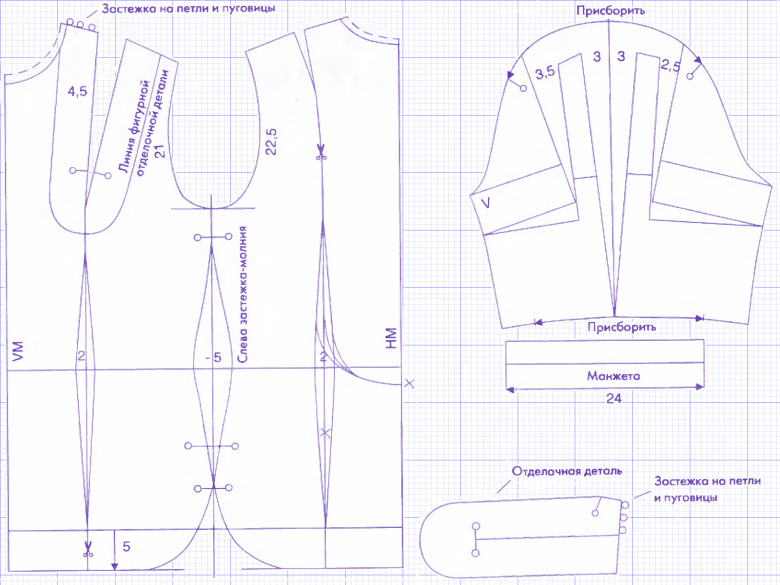
Measurements
For sewing, you need to know the following parameters:
- Neck circumference;
- Shoulder seam length (from the edge of the shoulder to the beginning of the neck);
- Chest circumference
- The circumference under the chest (for a woman's shirt);
- Waist volume;
- Sleeve length;
- Total length of the shirt.

The measurements can be taken from a person or from a ready-made shirt that fits you well. Next, you need to find shirt size charts on the internet. They differ depending on the style of the product. According to the measurements you have, determine the size you need, the pattern of this size and you need to look for it.
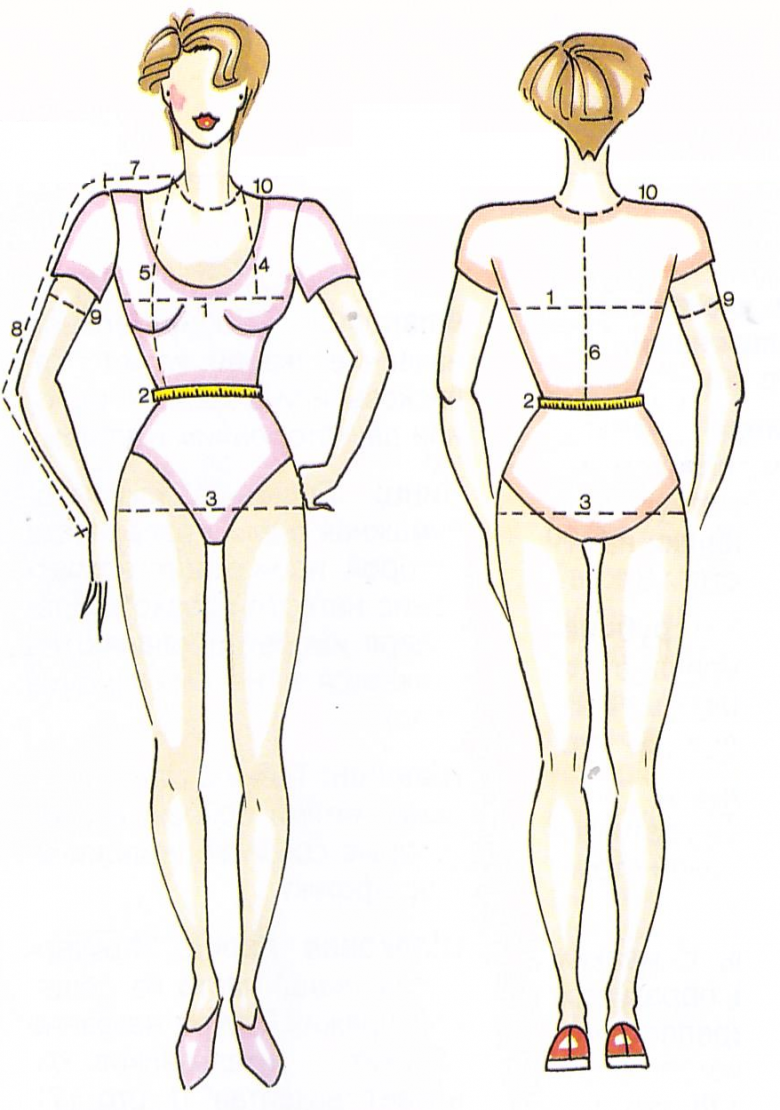
Transferring the pattern to the fabric
The pattern can be transferred from paper or with tracing paper (translucent paper sold in office supply stores). You can cut the pattern out of the paper, attach it to the fabric and cut it out, or transfer it to tracing paper and cut the fabric around it. It is more convenient to work with tracing paper, it is thin and bends with the fabric, but if it is not at hand, you can do with a paper pattern.
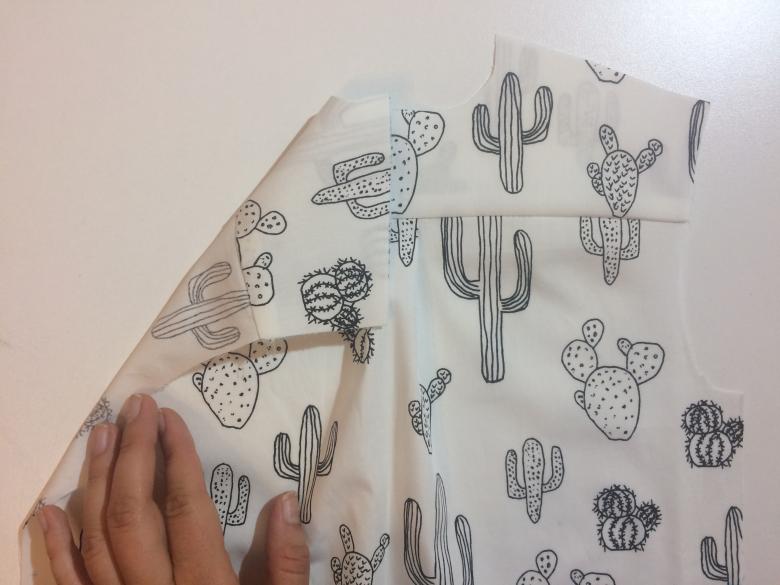
Before you cut the pattern, read all the notations. The pattern indicates where the fabric needs to be folded in half or more, where the hem should be. Remember that each piece (shelf, back, sleeves and the rest) must lie on the fabric separately.

In order to accurately transfer the pattern, follow a few rules:
- Secure the pattern to the fabric with sewing pins;
- Lay out all parts of the pattern along the warp thread, otherwise the product may be deformed;
- Do not place pieces upside down;
- Lay out the pattern strictly as shown in the picture;
- Always place the pattern on the wrong side of the fabric;
- Transfer the pattern using tailor's chalk or a piece of dry soap.
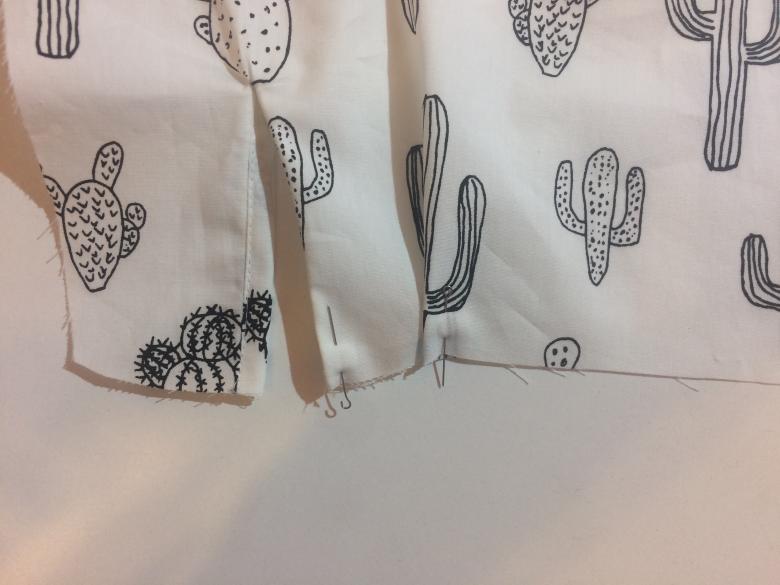
What a shirt is made of
A men's shirt consists of several main parts:
- Two shelves. This is the front part of the shirt;
- One back detail. It can be solid or consist of a back and a basque;
- Two sleeves with cuffs;
- A collar;
- Pocket and flap, if provided by the model.
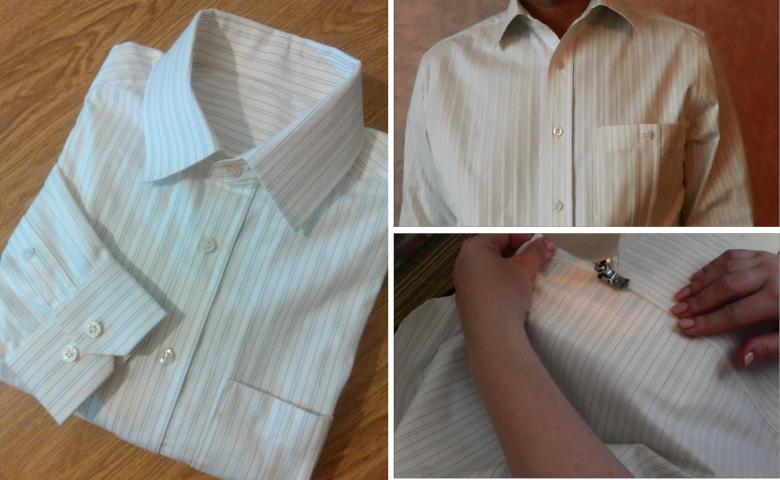
Sewing a Men's Shirt
If you are sewing a shirt for the first time, it is better to start with a straight silhouette men's shirt. To sew the product, do the following:
- Cut out all the details of the pattern, don't forget to leave seam allowances. If necessary, iron the parts with an iron;
- Overlap the collar and cuffs with fleece. Iron the main fabric and backing material folded together. The fabric will become denser;
- Before sewing the placket on the shirt, iron it to the wrong side of the front;
- Fold the parts of the shelves and back with their front sides and sew them together;
- Sew on the sleeves cuffs;
- Sew the sleeves together and sew onto the armholes;
- Sew on collar;
- Sew buttonholes and overlap them;
- Sew on the buttons;
- Iron the finished shirt.
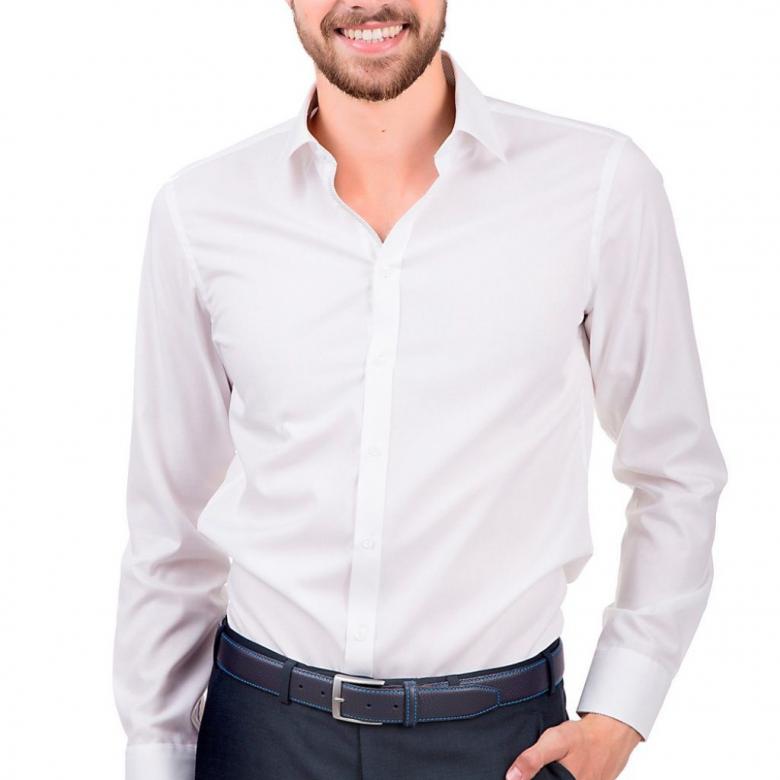
You can sew a women's shirt for beginners just as you can sew a straight cut shirt for men. Sewing a fitted shirt will require a lot of effort and skill.

Shirt dress from a men's shirt
If you have a quality classic men's shirt in the house, which is no longer worn, you should not throw it away. You can easily sew a summer dress from a ready-made shirt.
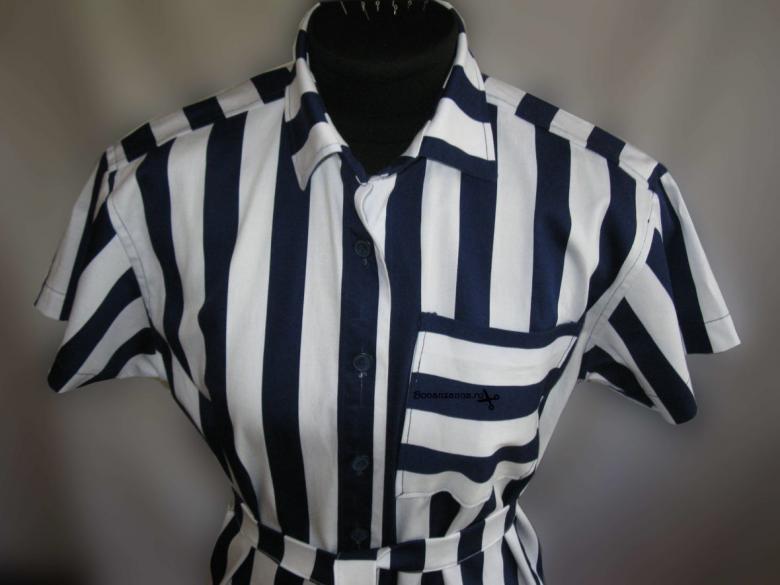
In the first place you need to cut the sleeves and collar of the shirt. The neckline can be modeled in any shape you like. On the chest you can add darts or leave a loose silhouette.
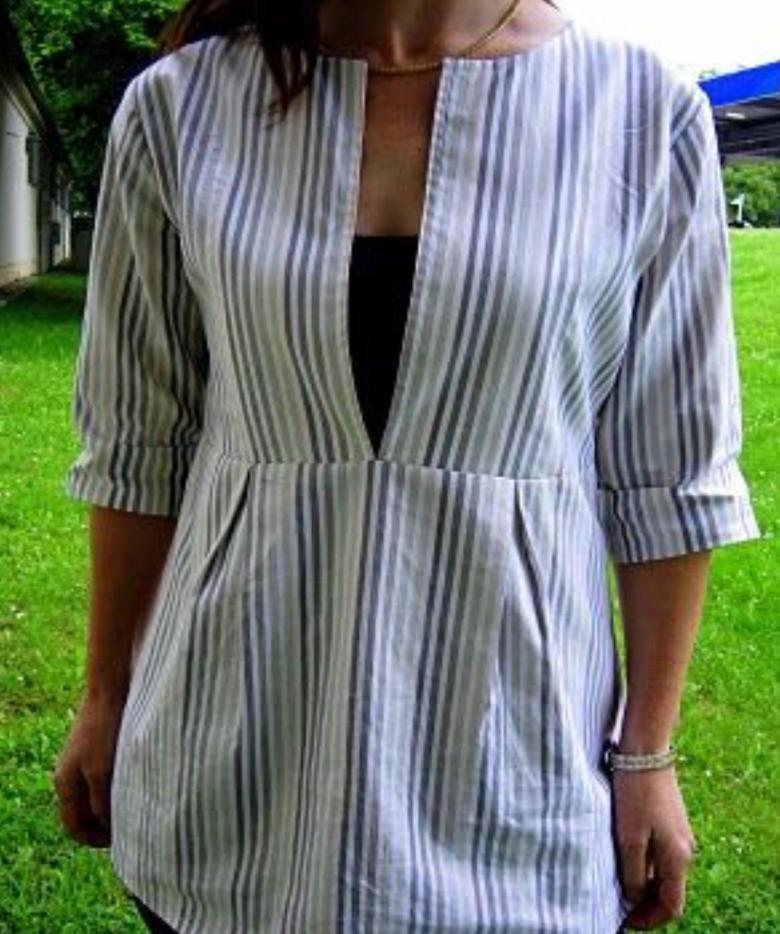
The finished piece of the dress can be supplemented with ruffles, flounces, ruffles, ribbons, pockets or applique. At the waist you can add an elastic band or denote feminine forms with a leather or braided belt.
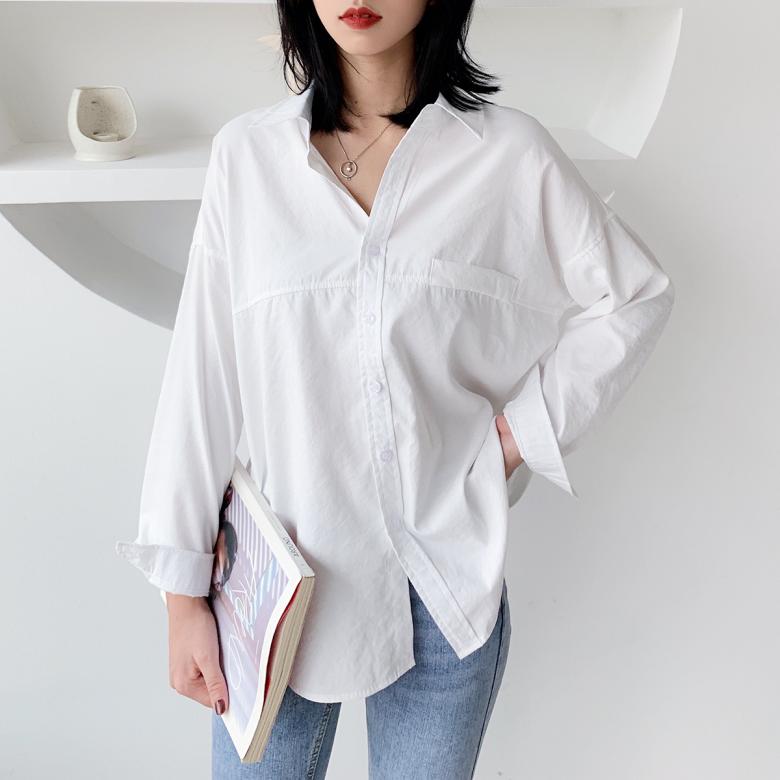
What else you can make out of an old shirt
From an existing straight shirt can be sewn not only a dress, but also for example;
- A loose shirt top with or without a collar;
- A button down vest;
- Top with an elastic band;
- A trapeze skirt with buttons;
- Short beach tunic;
- Dress or sundress for a little girl.
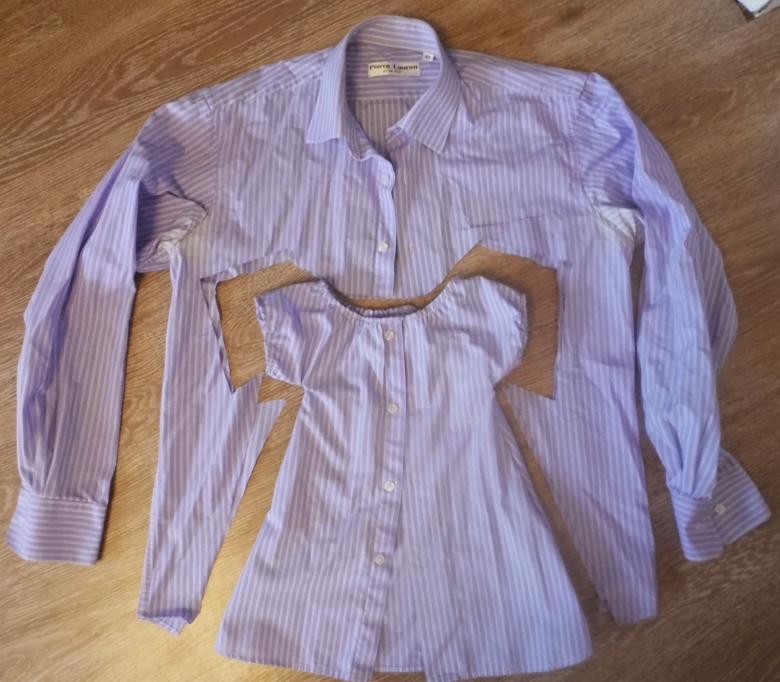
As practice shows, to sew a straight men's shirt is not difficult. And if she gets bored or does not like your man, you can always make something interesting for his or her children's closet out of it.

